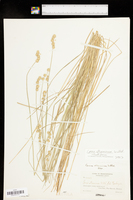
|
|
|
|
Family: Cyperaceae
Eastern Straw Sedge
[Carex scoparia var. fulva W.Boott] |
Plants densely cespitose. Culms 35-100 cm. Leaves: sheaths adaxially green-veined nearly to collar, narrow hyaline band or sharp Y-shaped region at collar, adaxially firm, summits U-shaped; distal ligules 1.5-4.5 mm; blades 3-4 per fertile culm, 15-30 cm × 1.5-3 mm. Inflorescences nodding, open, yellow-brown to reddish brown, 3.5-8 cm × 5-14 mm; proximal internode 5-18 mm; 2d internode 5-17 mm; proximal bracts scalelike with bristle tips shorter than inflorescences. Spikes 3-7, distant, distinct, globose, (6-)9-14 × 6-9 mm, base usually attenuate, apex rounded; lateral spikes with staminate portion 2-6 mm at base. Pistillate scales reddish brown, with green or pale midstripe, lanceolate, 2.5-3 mm, shorter or longer and narrower than perigynia, margin reddish brown, apex firm, acuminate or awned to 0.8 mm. Staminate scales with reddish brown margins. Perigynia widely spreading, reddish brown, conspicuously 5-veined or more on each face, ± orbiculate, flat except over achene, 4-5.6 × 1.8-2.8 mm, 0.4-0.5 mm thick, base rounded, margin flat, including wing 0.6-0.9 mm wide; beak widely spreading, pale to reddish brown at tip, flat, ciliate-serrulate, abaxial suture with golden brown margin, distance from beak tip to achene 2-3 mm. Achenes elliptic, 1.5-1.8 × 0.8-1 mm, 0.3-0.4 mm thick. 2n = 74. Fruiting early summer. Freshwater marshes, shores, and swales, wet woods, in sandy or peaty, acidic soils; 0-400 m; Conn., Del., D.C., Ill., Ind., Ky., Md., Mass., Mich., Mo., N.J., N.Y., N.C., Ohio, Pa., R.I., Va., W.Va., Wis. The distribution of Carex straminea is discontinuous: scattered occurrences or clusters of occurrences are widely separated from each other.
Densely tufted, aphyllopodic, 4-10 dm; main lvs 2-3 mm wide, shorter than the stem, their sheaths ventrally green-veined almost to the summit, with only a short hyaline area; spikes 4-8, gynaecandrous, sessile, well separated in an infl 3-6 cm, or the uppermost aggregated, the pistillate part short-ovoid or subglobose, 7-10 mm, often with an elongate staminate base; pistillate scales lanceolate, much narrower and somewhat shorter than the perigynia, hyaline or nearly so, brown-tinged with a paler midnerve,
acuminate to shortly aristate; perigynia very flat and thin, lightly but sharply nerved on both faces, the flattened, serrulate beak half as long as the body; achene lenticular, 1.5 נ0.75 mm. Var. straminea, of nonsaline swamps and wet meadows, from Mass. to D.C., w. to Mich. and Ind., has the perigynia 4-5.2 mm, half to two-thirds as wide, broadest at a third to two-fifths of their length, the body ovate to orbicular. (C. richii) Var. invisa W. Boott, of salt marshes from Nf. to Va., has the perigynia 4.2-5.5 mm, two-fifths or three-fifths as wide, broadest at two-fifths to half of their length, the body orbicular to obovate. (C. hormathodes) Gleason, Henry A. & Cronquist, Arthur J. 1991. Manual of vascular plants of northeastern United States and adjacent Canada. lxxv + 910 pp. ©The New York Botanical Garden. All rights reserved. Used by permission. From Flora of Indiana (1940) by Charles C. Deam Rare and local in open swampy woods and borders of ponds in woods, less frequently in open non-calcareous marshes or swamps. The known stations are all in either the lake area or the unglaciated area. ...... Indiana Coefficient of Conservatism: C = 10 Wetland Indicator Status: OBL |
This project was made possible in part by the Institute of Museum and Library Services [MG-70-19-0057-19].
Powered by Symbiota

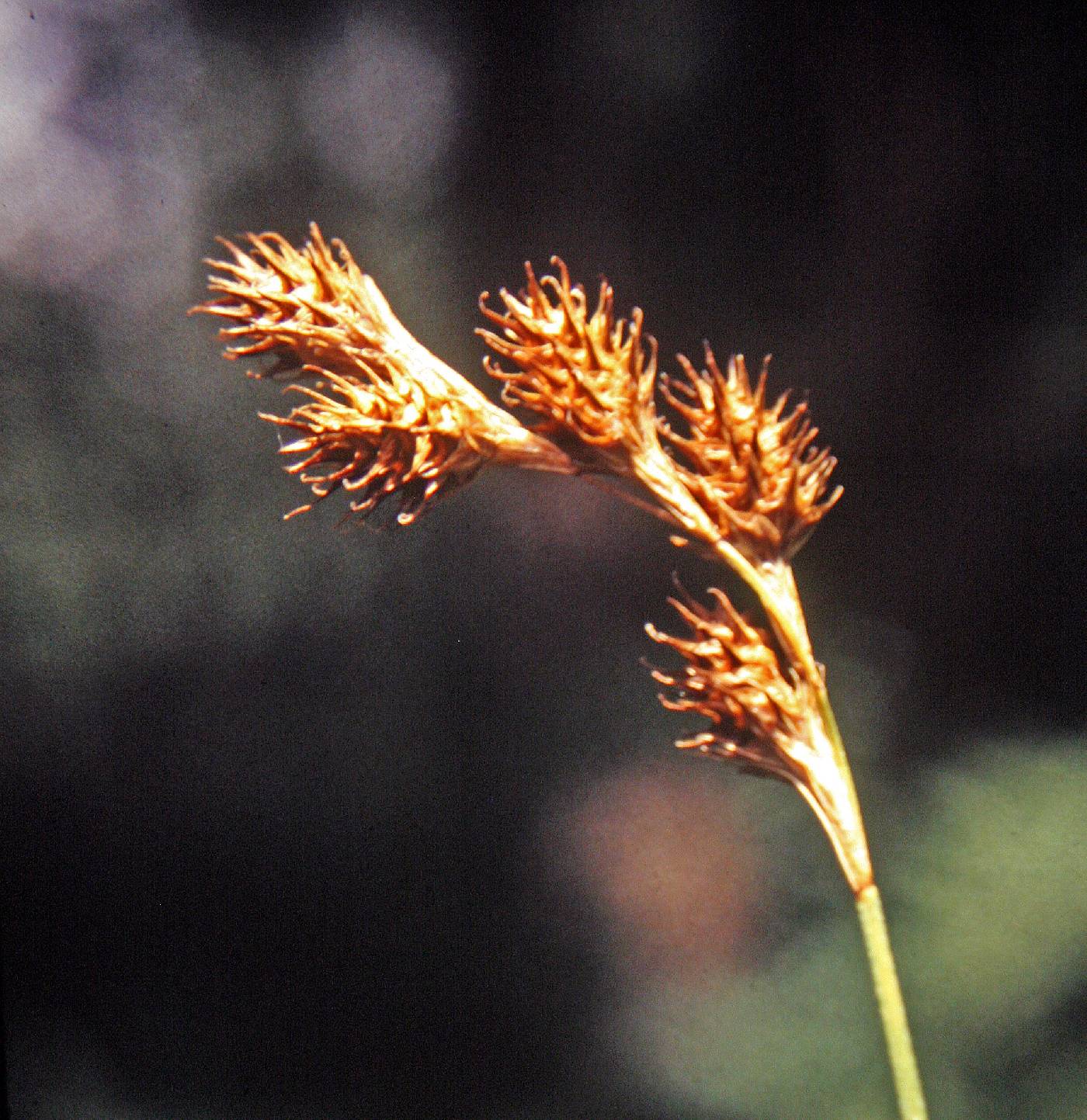
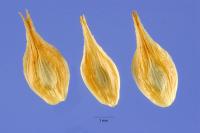
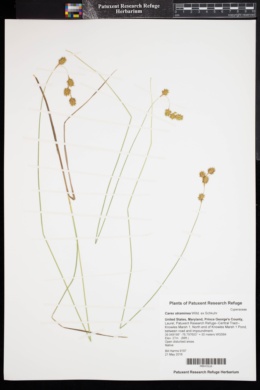
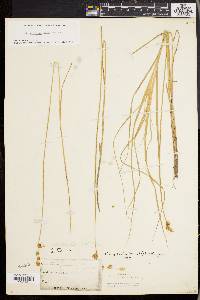
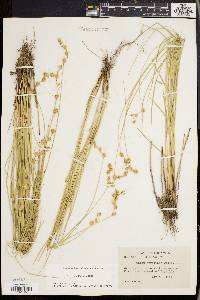
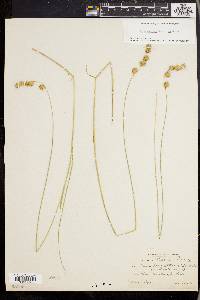
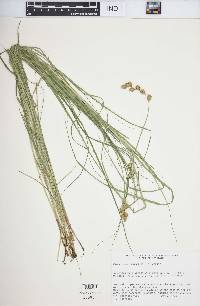
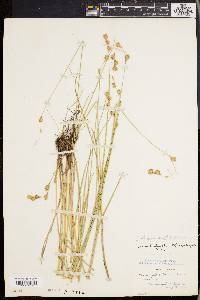

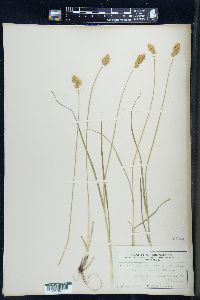
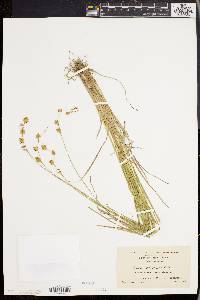
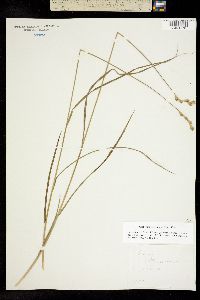
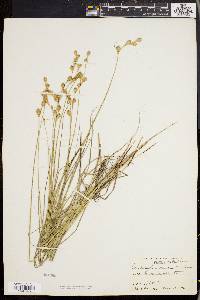
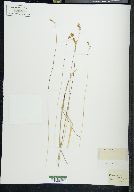
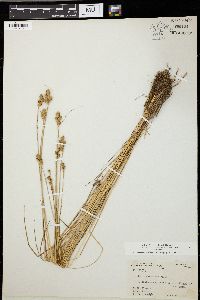
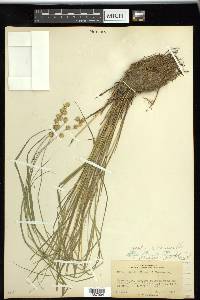
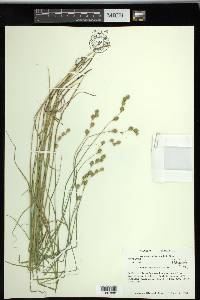
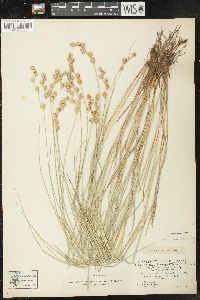
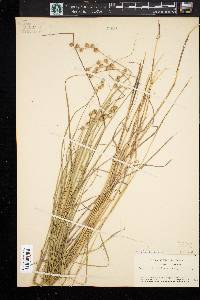
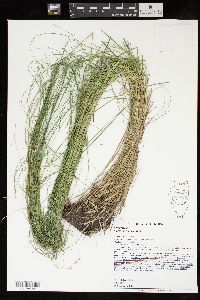
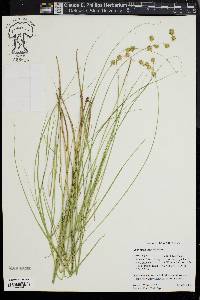
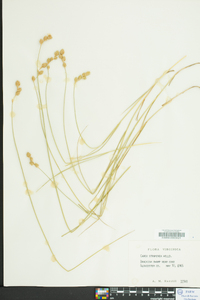
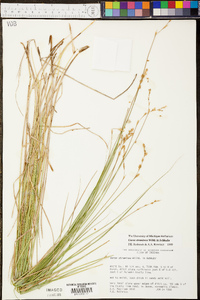
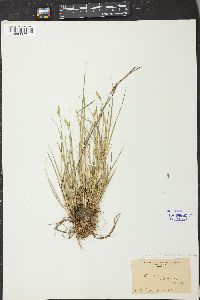
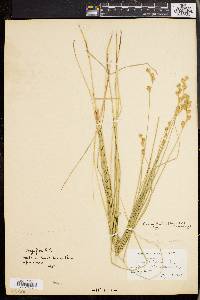
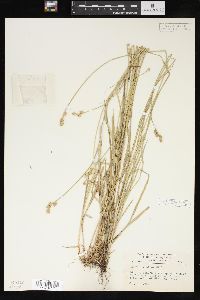
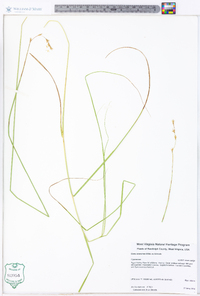



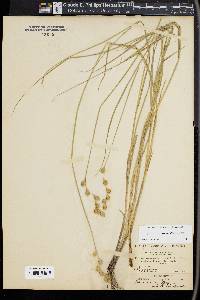
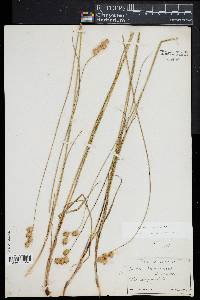
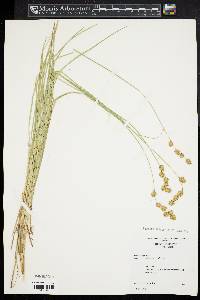


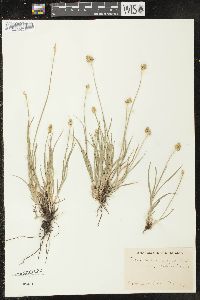
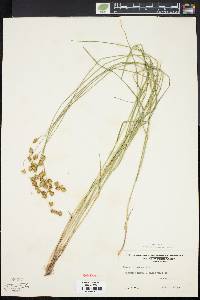

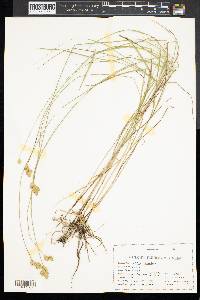


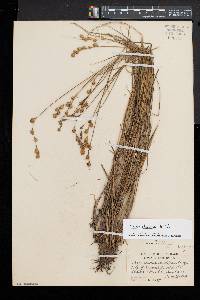
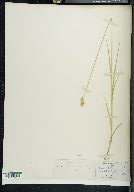
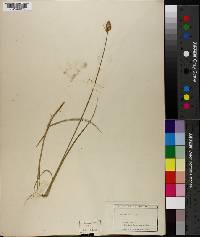
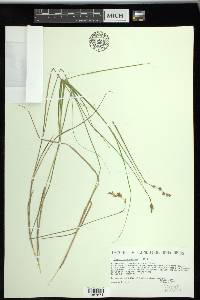

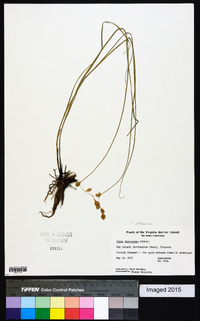
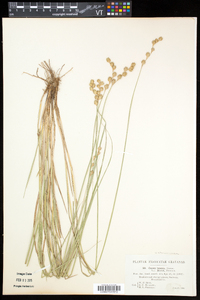
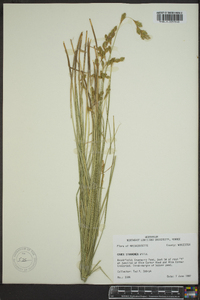
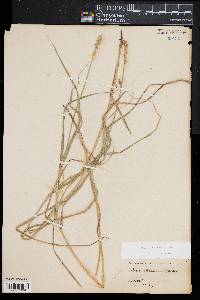
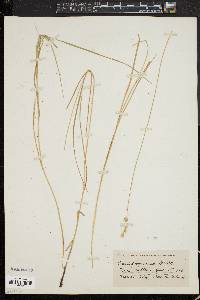
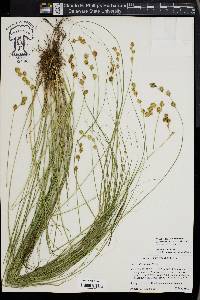
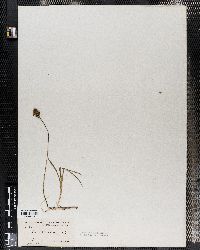
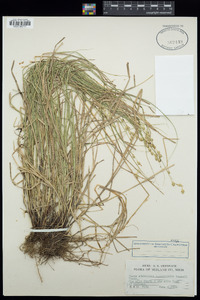
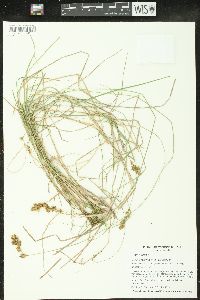


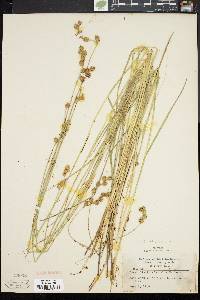
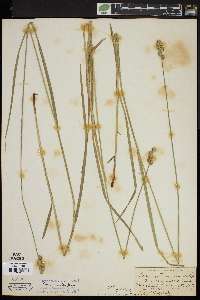
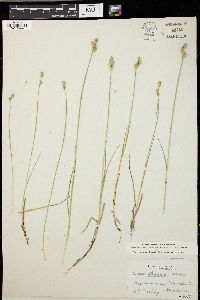


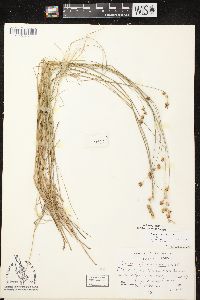
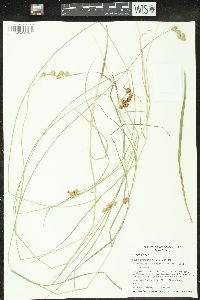


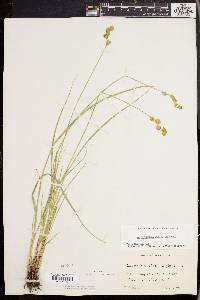
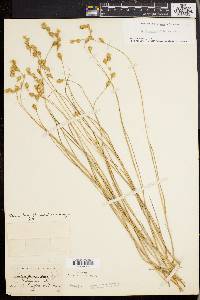
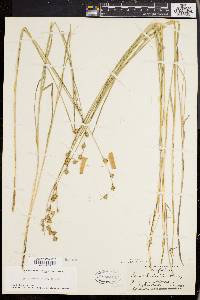
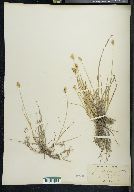
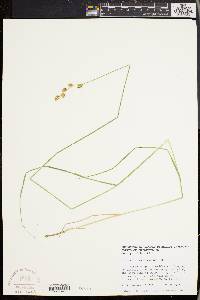
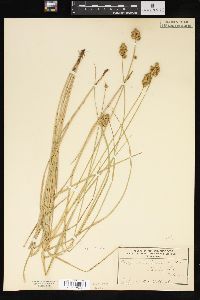
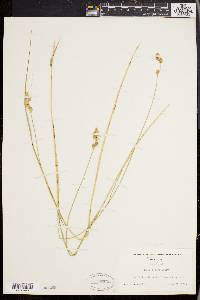
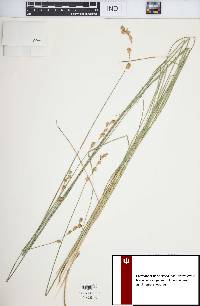
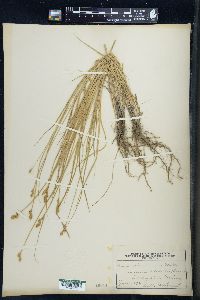
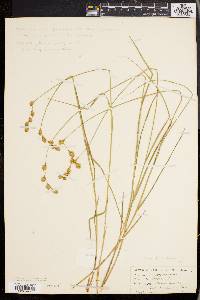
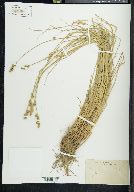
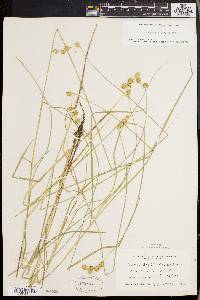
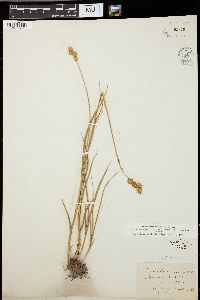
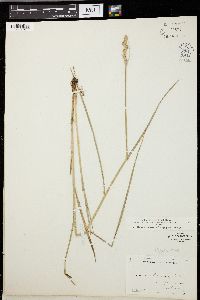
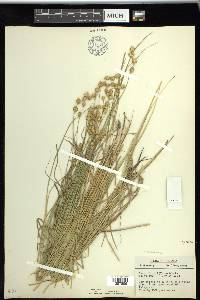
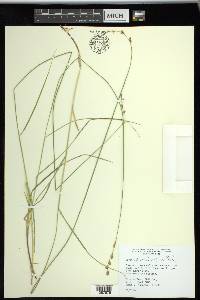
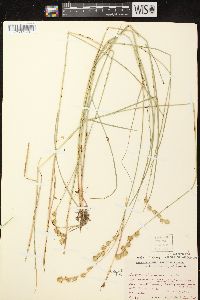
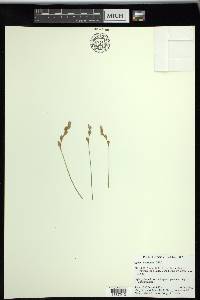
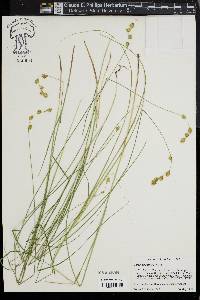
_tn.jpg)
